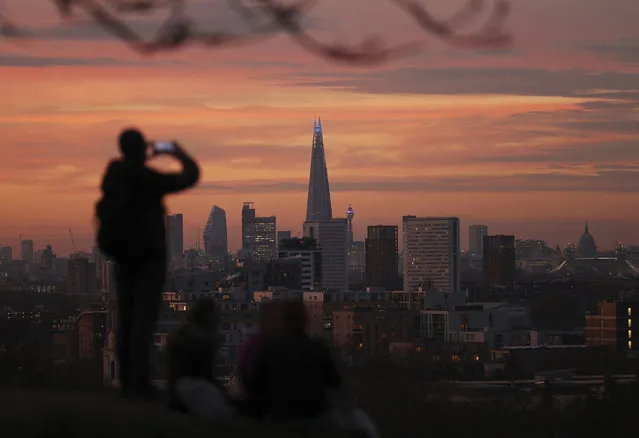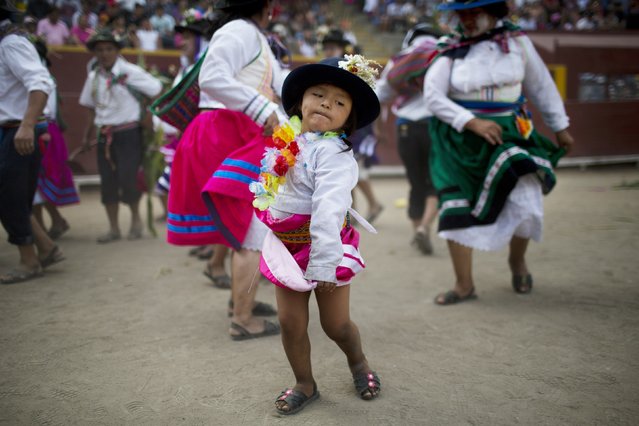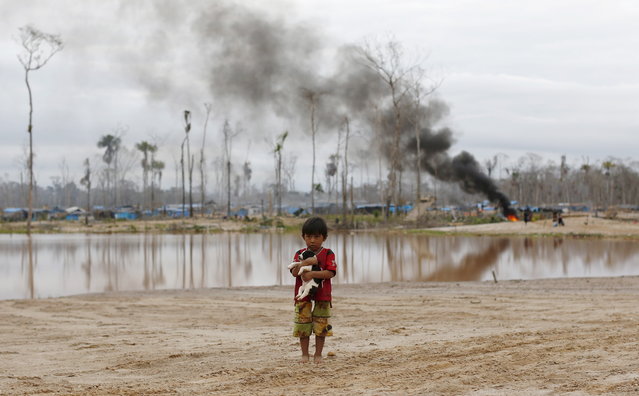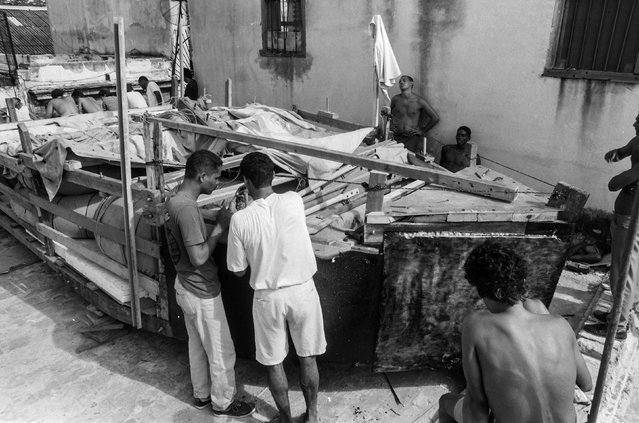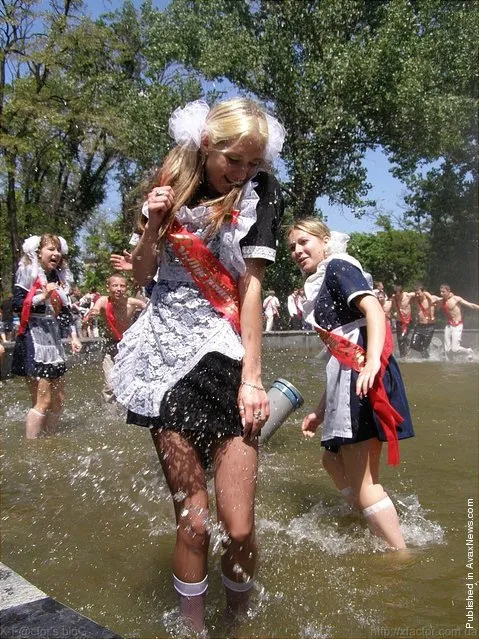
The Last Bell (we mean the bell that informs the pupils about the beginning or the ending of the lessons) is the traditional feast of the Russian pupils who leave the school. The Last School Bell feast occurs in the end of May, when the school year has already finished, but the final examinations have not begun yet. Luhansk (also known as Lugansk – a city in southeastern Ukraine), 2010. (Photo by X-F@ctor's bloG)
16 Apr 2012 11:28:00,post received
0 comments

